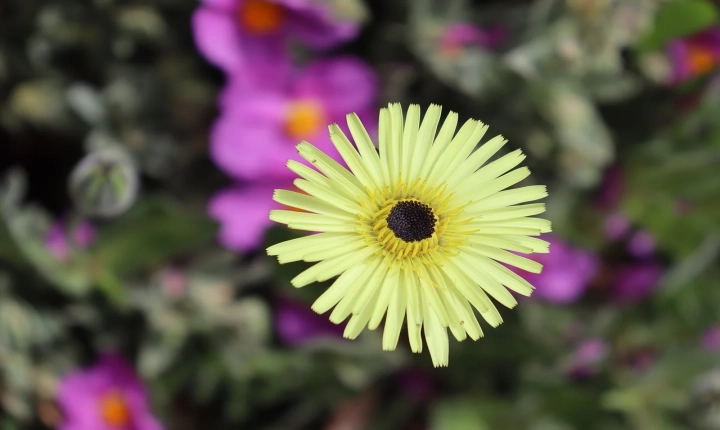Title: How to Be an AI Artist: A Guide to Exploring Creativity and Technology
In the rapidly evolving world of technology, artificial intelligence (AI) has emerged as a revolutionary tool for creativity and artistic expression. With the ability to analyze data, recognize patterns, and generate original content, AI has opened up new avenues for artistic exploration. For those interested in exploring this intersection of art and technology, becoming an AI artist can be an exciting and rewarding endeavor.
Understand the Basics of AI and Art
Before delving into the world of AI art, it’s important to have a foundational understanding of both AI and traditional art. Familiarize yourself with AI technologies such as machine learning, neural networks, and generative models. Additionally, learn about different artistic styles, techniques, and movements to gain a comprehensive understanding of the art world.
Explore AI Art Tools and Platforms
Next, familiarize yourself with AI art tools and platforms that can aid in your creative journey. There are various software programs and platforms specifically designed for AI-generated art, such as DeepArt, RunwayML, and Google’s Magenta Studio. These tools often utilize pre-trained models and algorithms to assist artists in generating art pieces, manipulating images, or creating interactive experiences.
Experiment and Play with Generative Models
One of the most exciting aspects of AI art is the ability to experiment and play with generative models. These models can produce art based on input data, allowing artists to explore new visual concepts and styles. Whether you’re interested in creating abstract compositions, realistic portraits, or surreal landscapes, generative models offer a wide range of possibilities for artistic expression.
Combine AI with Traditional Art Techniques
While AI can facilitate the creation of original artwork, it’s essential to integrate traditional art techniques into your practice. Experiment with blending AI-generated elements with hand-drawn or painted components to create hybrid artworks that showcase the synergy between human creativity and machine intelligence. Embracing this fusion can lead to innovative and thought-provoking pieces that resonate with viewers on a deeper level.
Collaborate with AI as a Creative Partner
Consider embracing AI as a creative partner rather than merely a tool. Collaborate with AI systems to co-create art, leveraging its data analysis capabilities and pattern recognition to inspire and inform your creative process. By embracing collaboration with AI, artists can tap into vast sources of inspiration and push boundaries in their artistic endeavors.
Embrace Ethical Considerations and Responsible Use of AI
As an AI artist, it’s important to consider the ethical implications and responsible use of AI in art. Be mindful of the potential biases and ethical concerns associated with AI algorithms and datasets. Strive to use AI in a respectful and responsible manner, acknowledging the impact of technology on societal, cultural, and ethical norms.
Share Your Work and Engage with the AI Art Community
Once you’ve delved into the world of AI art, share your work and engage with the broader AI art community. Attend exhibitions, workshops, and conferences dedicated to AI art, and connect with fellow artists and technologists passionate about the intersection of AI and creativity. By participating in the community, you can gain valuable insights, feedback, and inspiration to fuel your artistic endeavors.
In conclusion, becoming an AI artist entails a multifaceted exploration of creativity, technology, and ethics. By understanding the capabilities of AI, experimenting with generative models, integrating traditional art techniques, and embracing responsible use, individuals can embark on a transformative journey as AI artists. Through collaboration, experimentation, and community engagement, AI artists can push the boundaries of artistic expression and inspire innovation in the ever-evolving landscape of art and technology.
